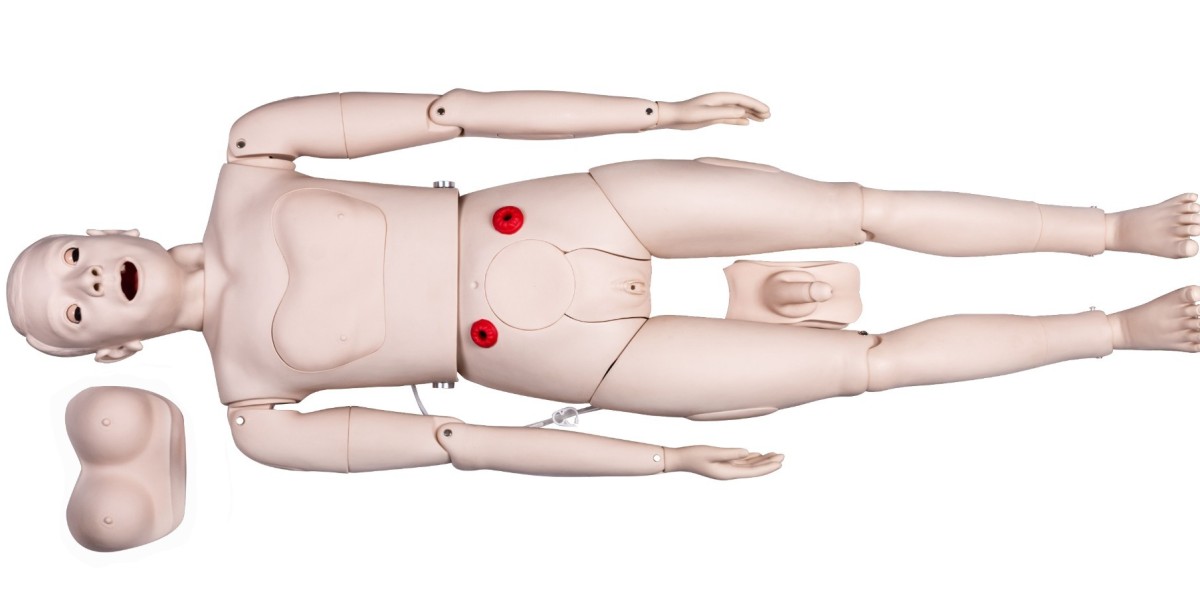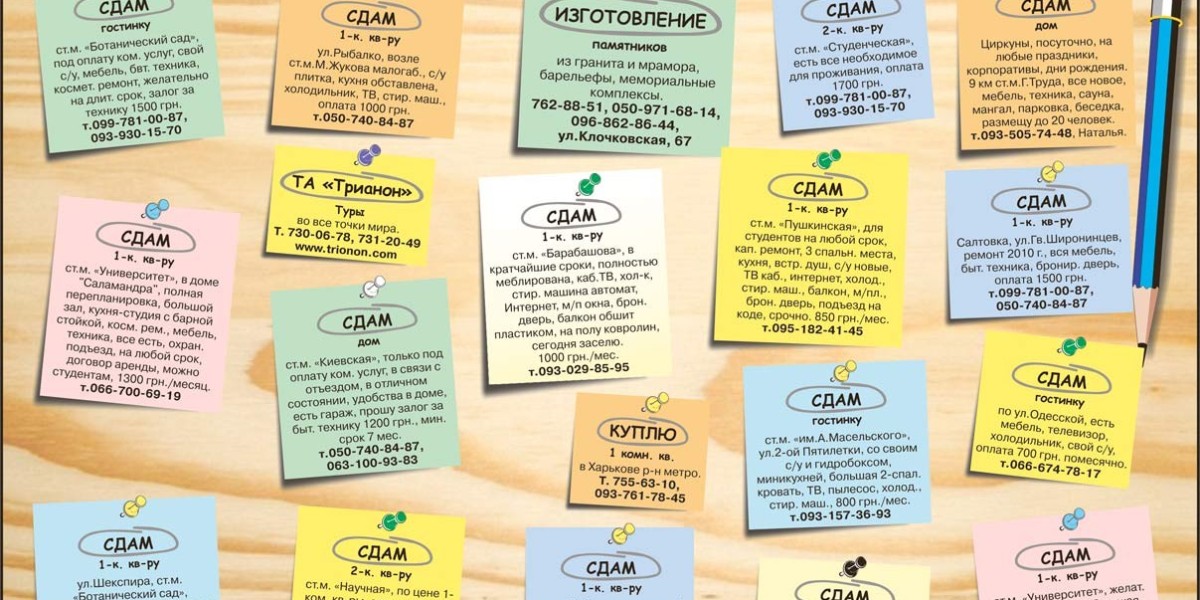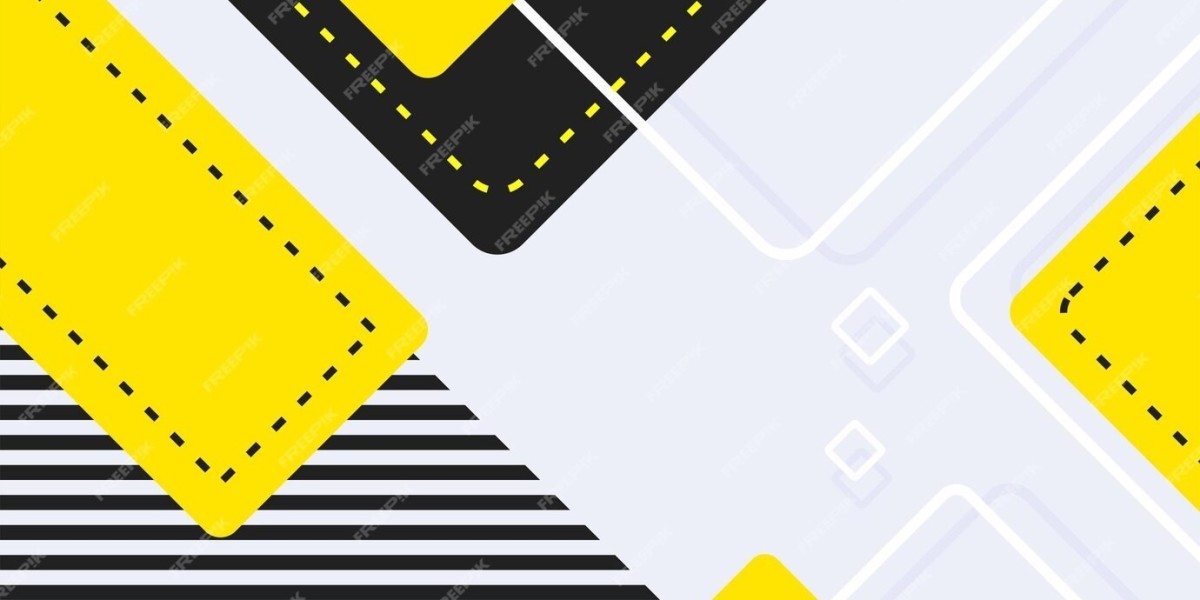In the modern era of healthcare, the demand for well-trained, confident, and capable doctors is higher than ever. One of the key innovations helping meet this demand is the use of medical training mannequins. These advanced simulation tools have revolutionized the way medical students and professionals learn and practice essential skills.
What Are Medical Training Mannequins?
Medical training mannequins are realistic models designed to replicate the human body or specific body parts. They are used in medical schools, hospitals, and training centers to teach a wide range of clinical procedures. From basic tasks like taking blood pressure to advanced techniques such as intubation, emergency resuscitation, and surgical interventions, mannequins provide an invaluable opportunity for hands-on practice.
How Mannequins Improve Learning
One of the greatest advantages of using mannequins is the https://medvisionsim.com ability to practice without consequences. Mistakes become learning opportunities instead of risks to patient safety. Students can build their confidence and technical abilities before entering real-life clinical environments.
Training mannequins also allow for simulation of rare or life-threatening conditions that doctors may not encounter often in early training. Practicing these scenarios prepares them to act quickly and effectively when real emergencies occur.
Technological Advancements
Today’s medical mannequins are more than just plastic models. Many include embedded technology to simulate heartbeat, breathing, bleeding, and other physiological responses. Some are connected to software systems that track and evaluate student performance in real time.
Certain mannequins are programmable, allowing instructors to create custom scenarios such as cardiac arrest, childbirth complications, or trauma injuries. Others are part of hybrid systems that combine VR headsets or AR overlays to deliver more immersive and interactive experiences.
Specialized Mannequins for Targeted Training
Surgical Mannequins: For practicing incision, suturing, and laparoscopic skills.
Pediatric Mannequins: Specifically designed to train in child healthcare and neonatal care.
Obstetric Simulators: Used for training in labor and delivery.
Trauma Models: For simulating battlefield or accident-related injuries.
A Shift in Medical Education Culture
The introduction of mannequins has contributed to a broader shift in medical education. Rather than learning through observation alone, students now engage in active, hands-on practice. This method helps reinforce theoretical knowledge and develops both technical and soft skills such as teamwork, communication, and crisis management.
Final Thoughts
Medical training mannequins are a game-changing tool in the education of doctors. They offer realism, safety, and flexibility, enabling learners to grow through repetition and experience. As simulation technology continues to evolve, so too will the quality and preparedness of future healthcare professionals.
Investing in medical mannequins is not just an investment in education—it’s an investment in patient care and safety.



